https://main--cc--adobecom.hlx.page/creativecloud/img/icons/3d-assets.svg | 3D Assets
Oct. 15, 2019
Texture Urban Blocks by the Kilometer
Build in procedural with the new Substance 3D Assets materials for architecture in 3D.

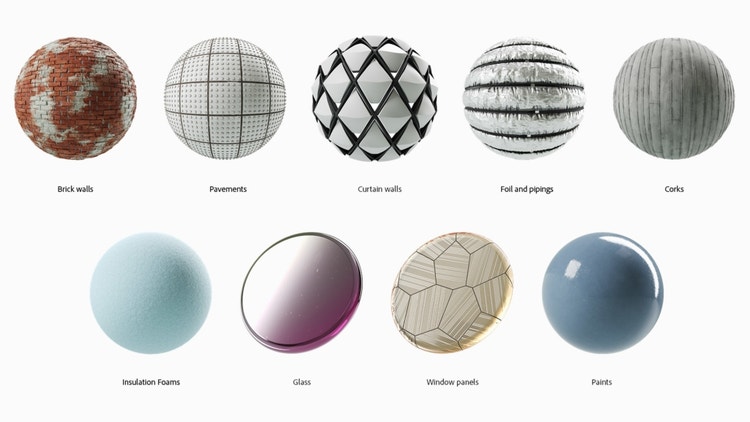
Welcome back, procedural builders!
Today, we’ll dive into the second part of our collection of digital materials designed for architectural visualization. (Note that if you haven’t seen our first part, “Interior Design”, you can find it right here.)
In the 500+ materials of the new architecture pack — already available on Substance 3D Assets— we have prepared a selection of procedural materials for exteriors. Use them to visualize realistically several types of old and modern buildings.
Chapter 1: Facades
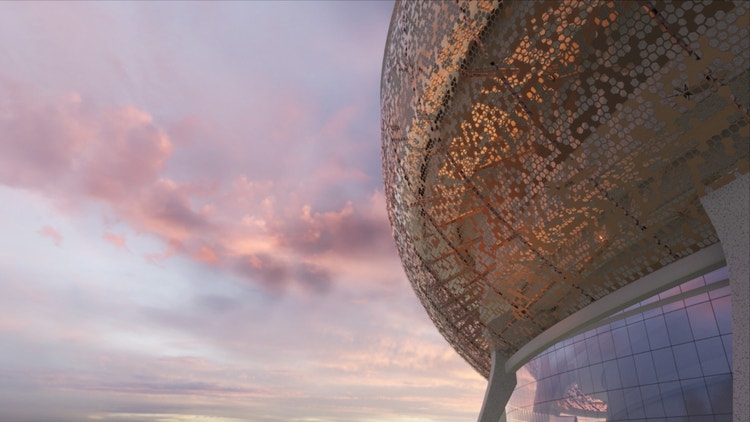
Let’s begin with the buildings. Compositing an architectural concept in its context often requires recreating the neighborhood buildings and skylines to achieve a realistic integration. But visualizing exterior architecture scenes can be extremely time-consuming and resource-intensive, especially when it comes to modeling.
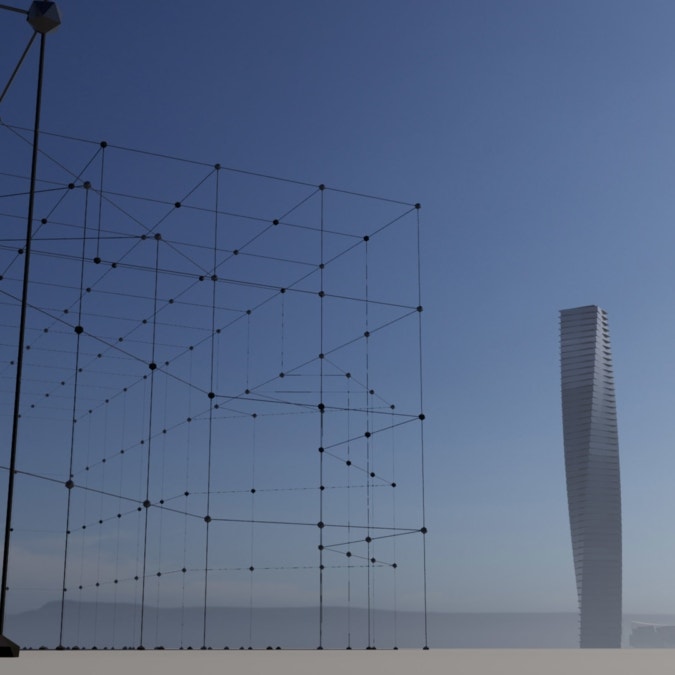
|
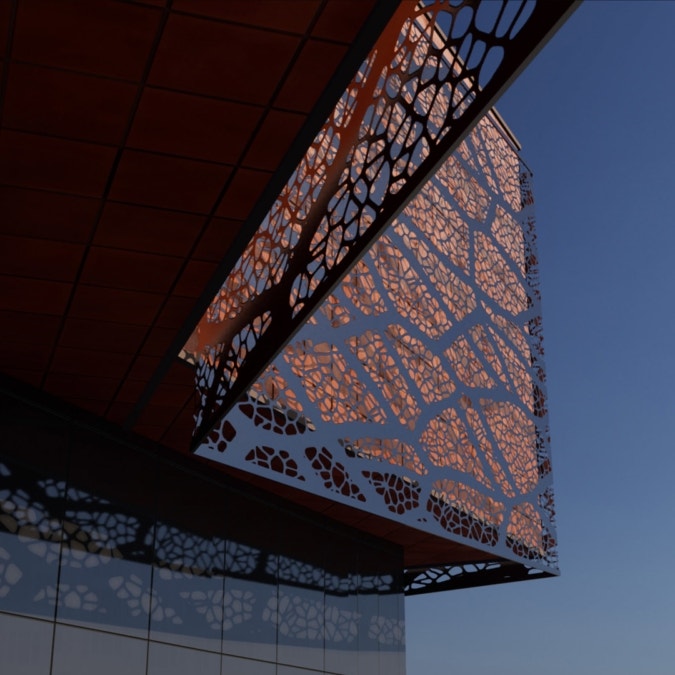
|
Artists should not have to choose between modeling time and visual quality.
What if you could design an entire facade with a Substance material? What if, instead of modelling every nook and cranny, you could just tweak parameters? After all, we wanted to help you texture urban blocks by the kilometer, so we created facade materials to do just that.
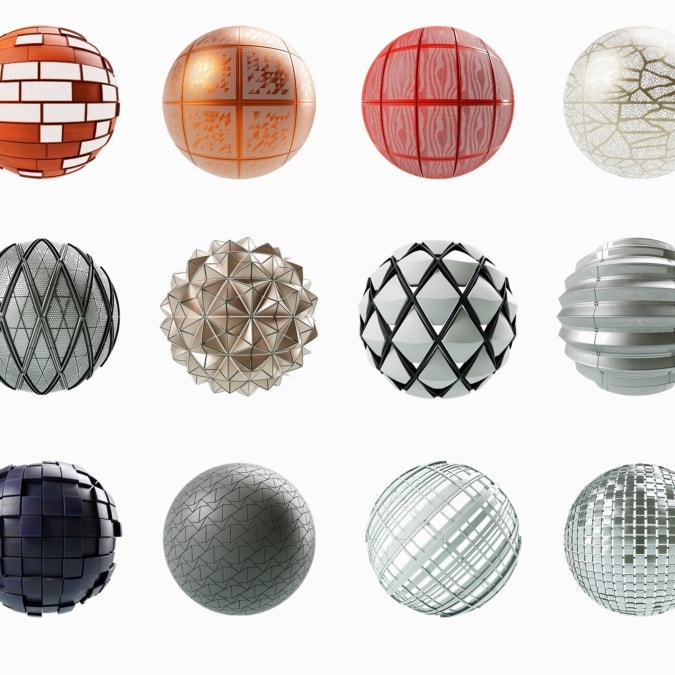
|
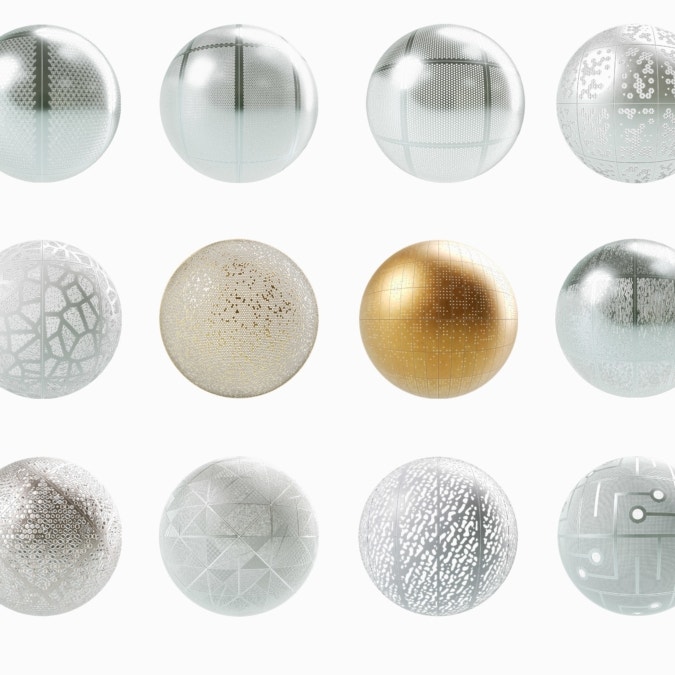
|
Customize at will the distribution of the shapes, the patterns, the material, and the colors: just change the parameters, and get a myriad of different facades.
https://video.tv.adobe.com/v/3420909?autoplay=true
Choose from over 25 panels systems to decorate your building facades — for instance, create a curtain wall.
We call curtain wall the non-structural, outer covering of a building. Its purpose is to shelter the occupants from the weather: it’s designed to resist air and water infiltration. The design of a curtain wall goes hand in hand with the design of your energy performance. It helps with aerodynamics, shading control, and temperature amplitude.
And, of course, it is a great way to dress up your building for a truly stunning look.
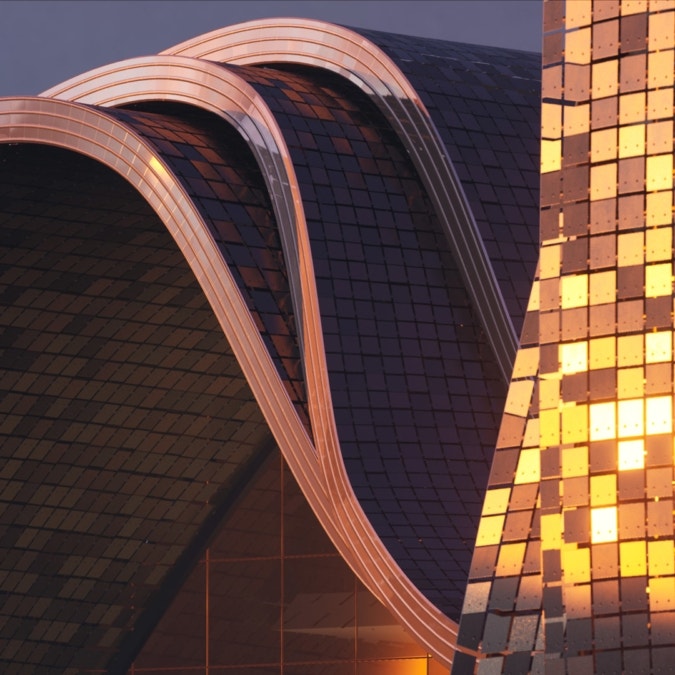
|
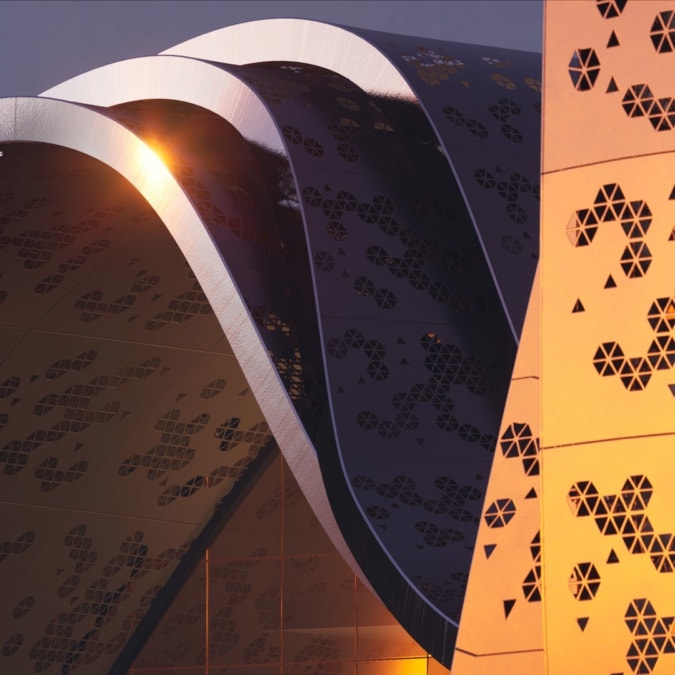
|
These panel system materials are loaded with an extensive sets of parameters, each unique to every single one of them. Make it reflective or mat, modify the tiles shape and layout, add perforations in addition to the overall scale and color parameters; So, from 25 panel systems, you get hundreds of possible variants.
https://video.tv.adobe.com/v/3420908?autoplay=true
For an added bonus, you can animate 2 truly kinetic curtain walls. But you can still explore movement with the 25 materials, you just need to import a bitmap that will drive the the layout of the openings and closings in the kinetic pattern. Suddenly, your walls open and close in response to the elements.
Chapter 2: Windows & Glass Panels
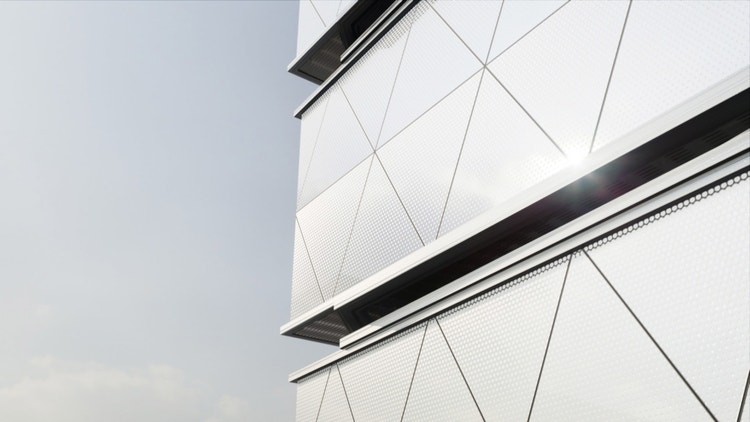
Because it’s always better when the occupants of a building can look outside, we have also designed glass facade materials. They are split in 2 categories: types of glass and glass panel generators.
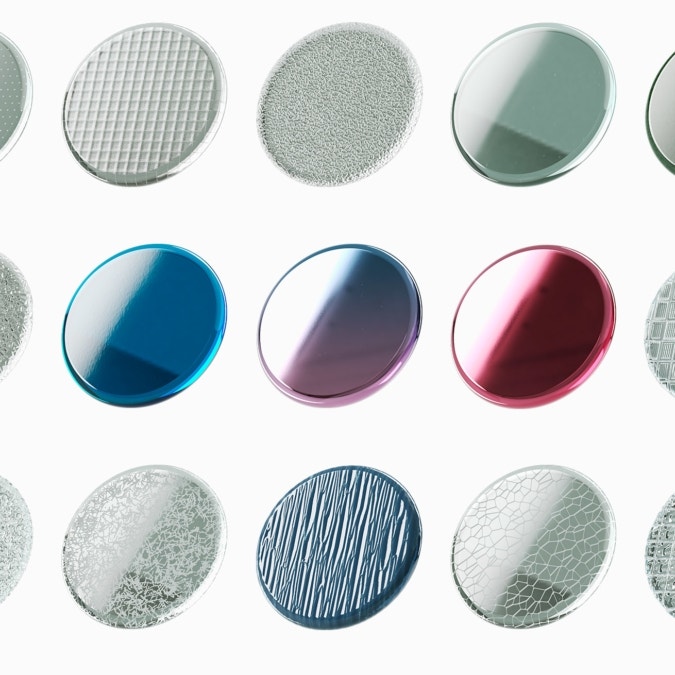
|
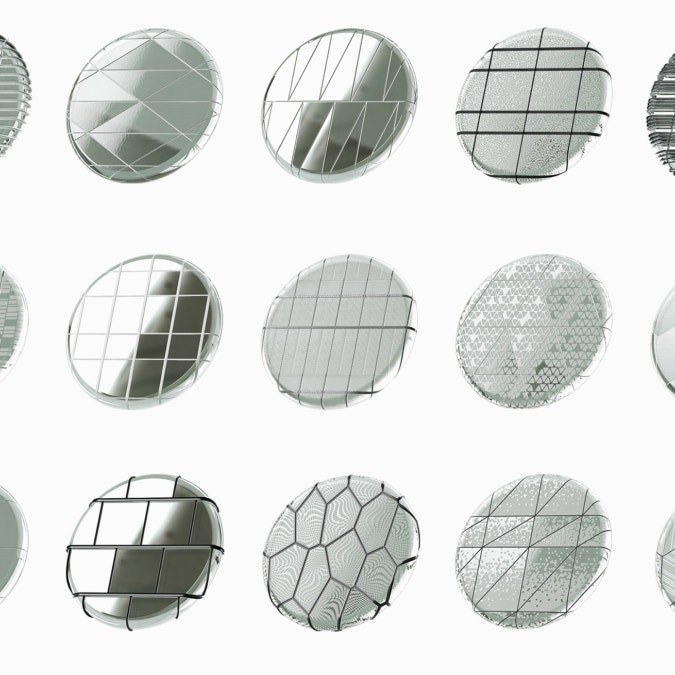
|
While the first category lets you create variations of a glass material using color, surface finish and transparency parameters, the second introduces a window distribution system. You can conjure instant glass skyscrapers by tweaking the window size, the floor spacing, the panel shape and the glass type.
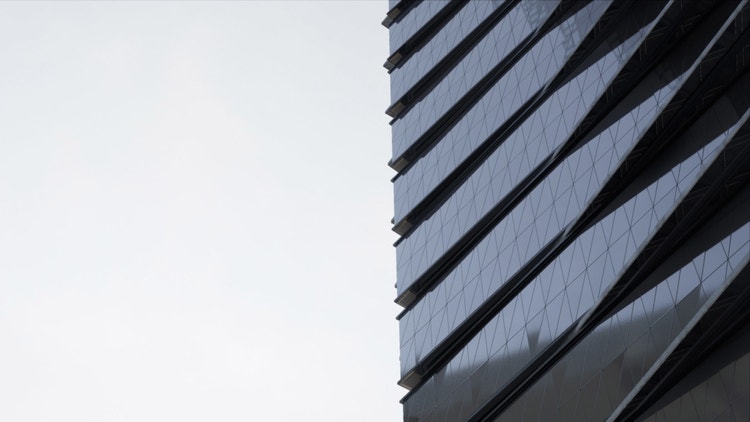
More specifically, artists now have the possibility to design the structure of the facade by working on the proportion of the different elements, with independent control over the amount, position and scale of mullions and spandrels.
This is just the beginning: the potential combinations are expansive if you take the glass window and curtain wall materials and mix them.
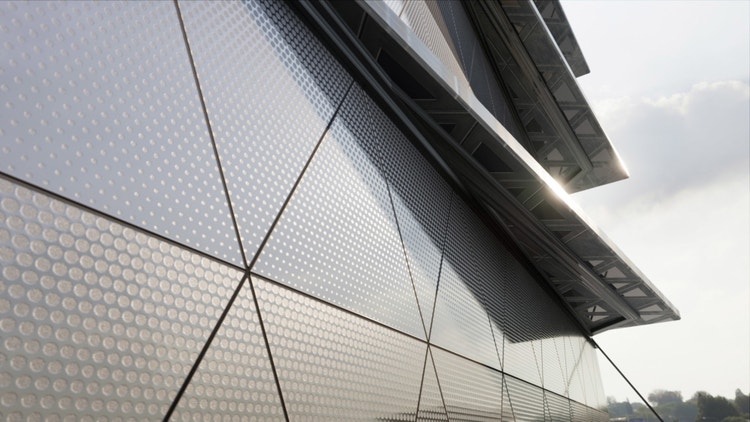
Chapter 3: Bricks, Pavements, Concretes
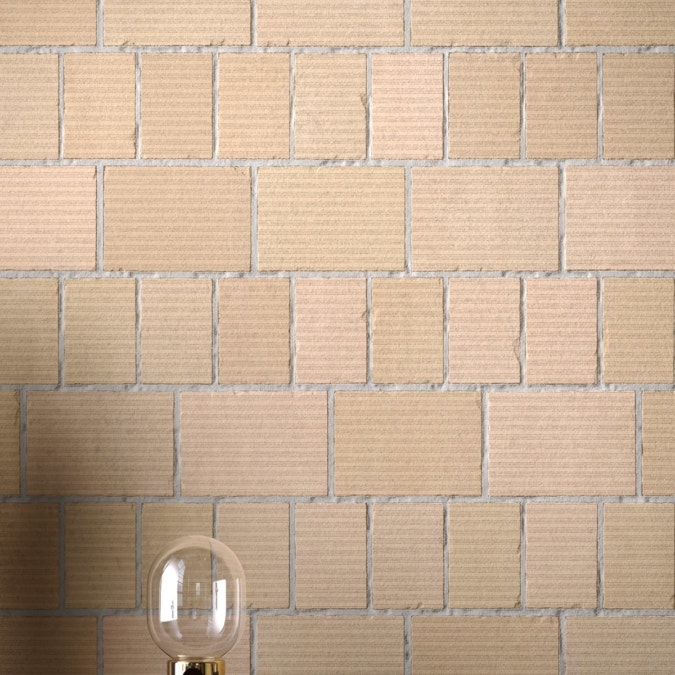
|
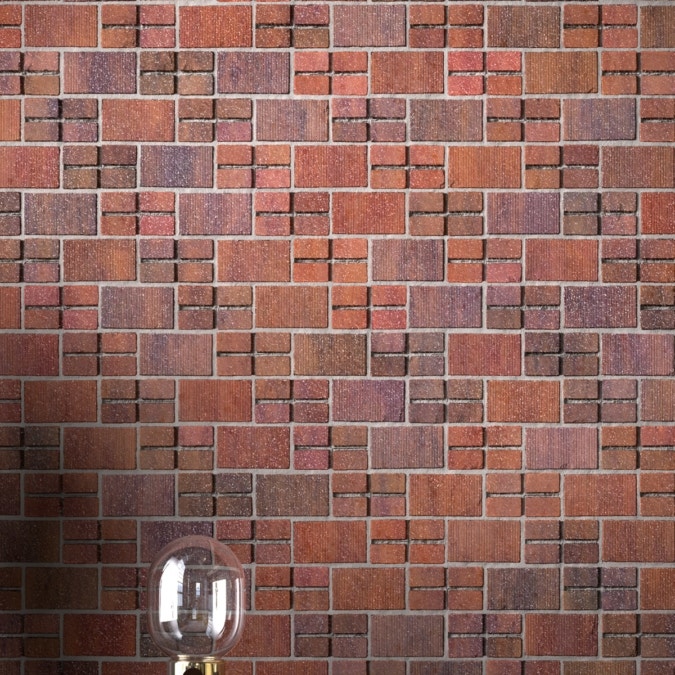
|
Our library of brick wall, terracottas, concretes and macadam expands again with over 50 new generators for both outdoors and indoors. You will become a professional brick layer in no time!
The brick generators are shipped with extended set of parameters designed to create thousands of variations of brick walls.
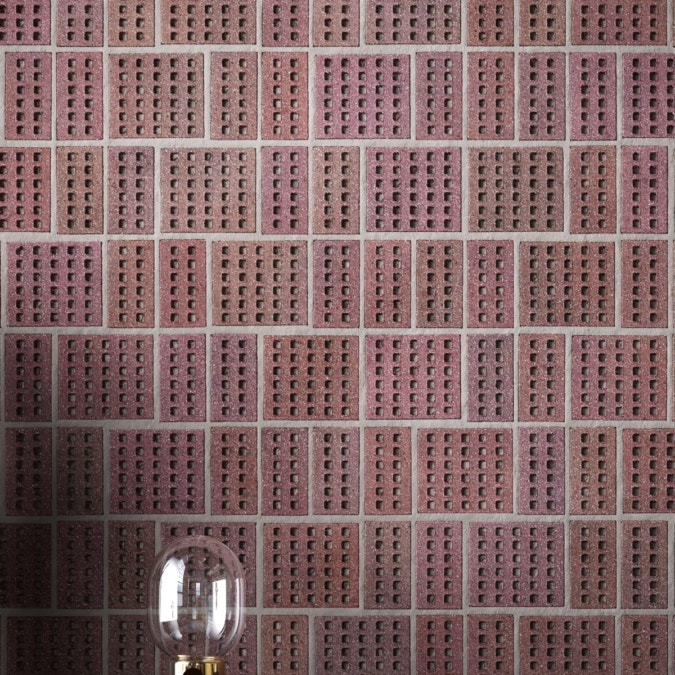
|
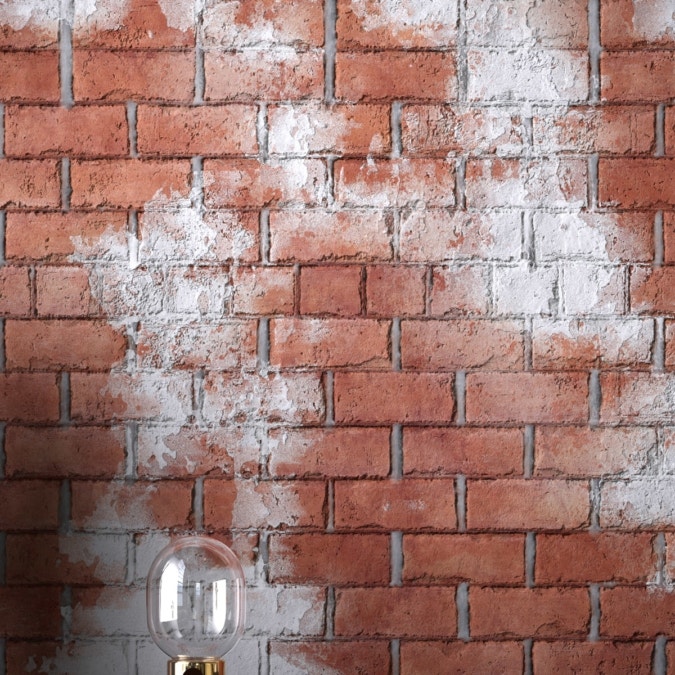
|
The parameters give you absolute control over: brick layout; brick size, type and color; brick surface texture; grout amount and overflow; amount of damage; weathering and grime.
Texturing whole streets is no longer a problem. Perfect your staging with the pavement generators. Change the seed parameter, and get unique variations of the same material: this can be very handy when you have to texture miles of streets without repetitions.
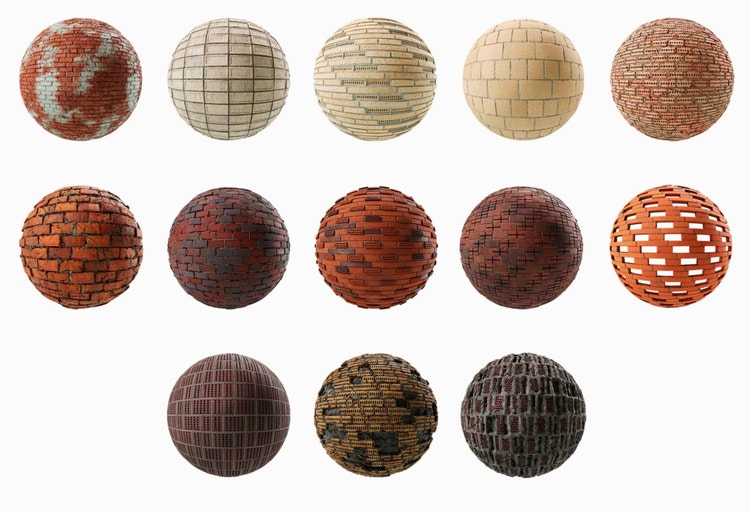
Because there’s never enough elegant concrete materials in our world (and on Substance Source) we added a few raw concrete variations to realistically cast concrete blocks — with a few patterns for fun.
We thought these materials were perfect for an homage to Tadao Ando!
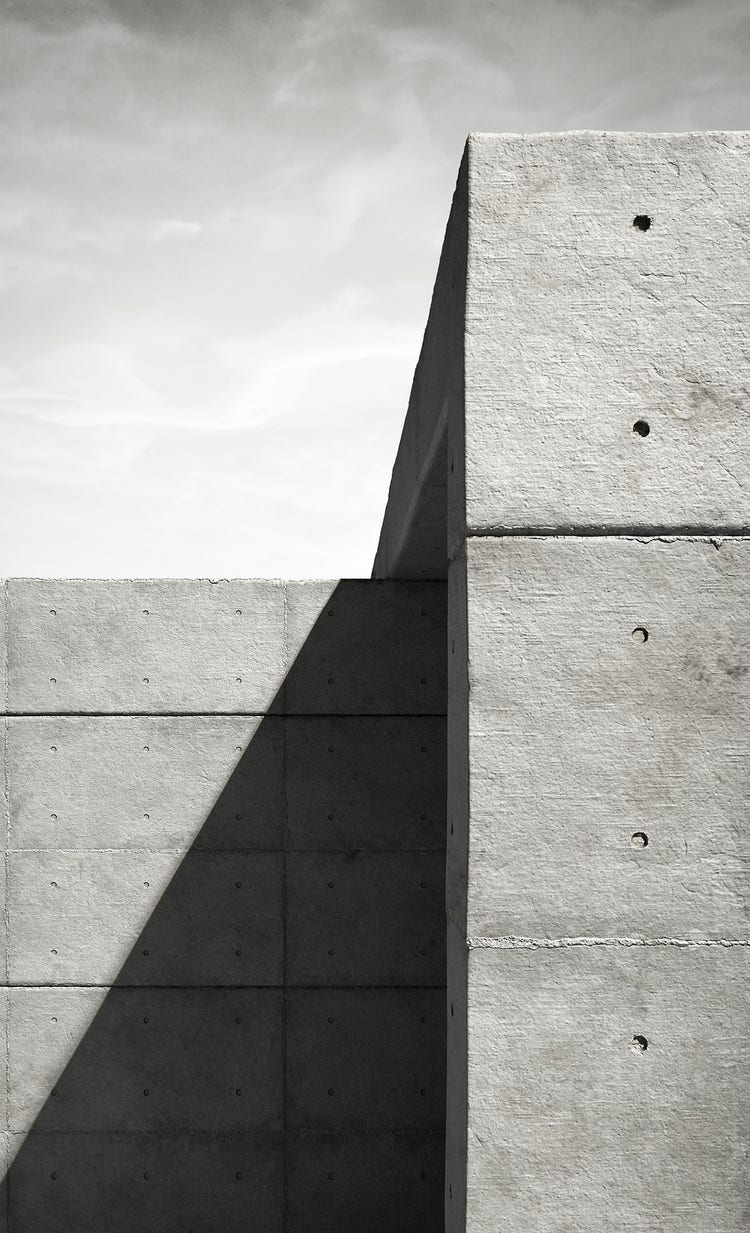
While brick wall materials let you create different types of brick laying — and are thus dedicated to texture walls, pavement, they are different from pavements by their distribution layout, overgrowth and joining.

https://video.tv.adobe.com/v/3420907?autoplay=true
In addition to cobblestone pavers, we created tactile pavement tiles. Heavily used in public spaces, they warn perdestrians, with a distinctive surface pattern (truncated domes, cones or bars) that they are approaching streets, hazardous surface or grade changes.
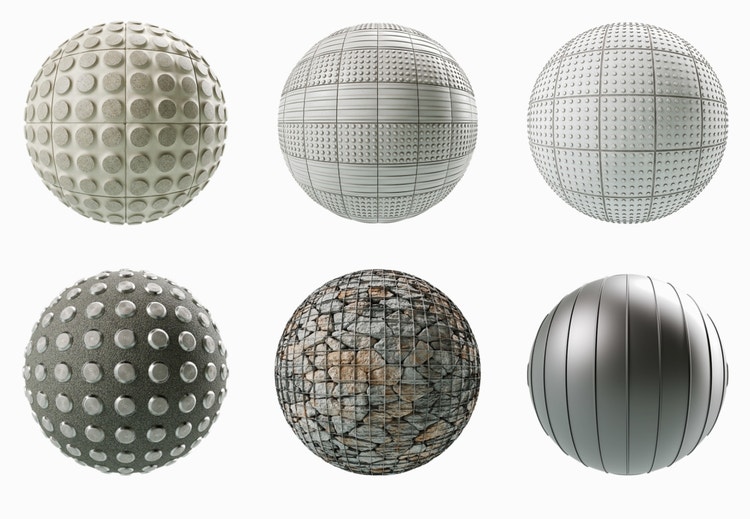
Chapter 4: Technical Areas
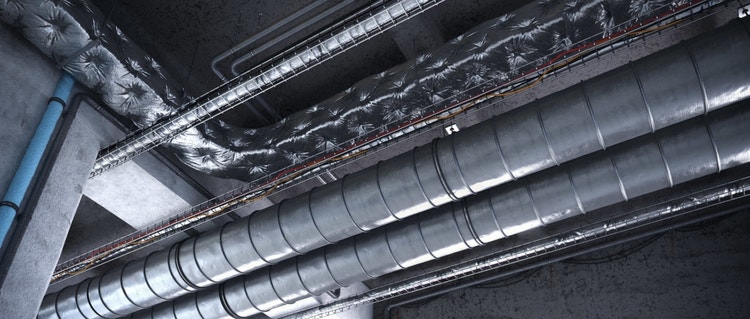
Last, but not least, we haven’t forgotten about handy materials to texture industrial-style buildings as well as technical areas. Need to texture pipe routes, spray insulation foams, lay soundproof panels? We have materials for that.
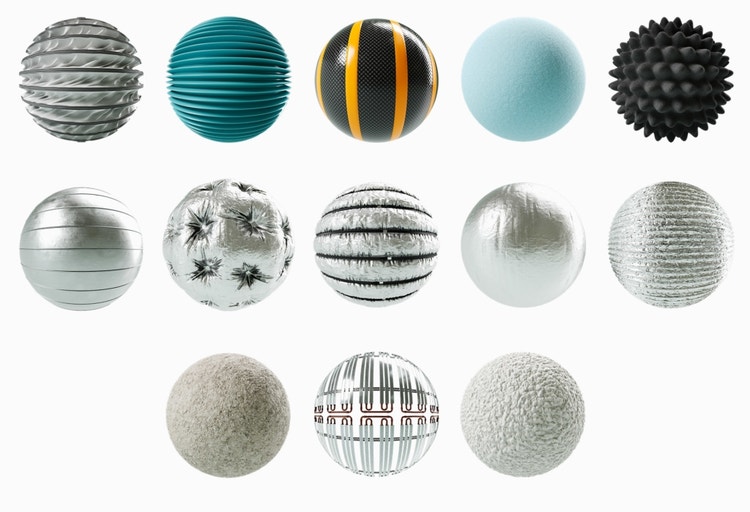
In the past, it was common usage to hide these structures. Today, pipes and insulation materials tend to be visible — and therefore necessary to avoid compromising the realistic aspect of your composition.
Here is a selection of plastics, metals and composites designed to texture AC, ventilation and heat pipes.
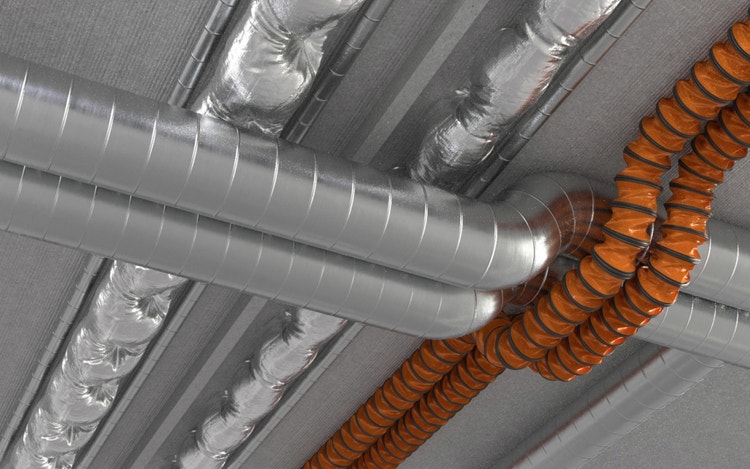
Keep the modelling of these elements to a minimum, the texture will take care of the rest. Our goal was to spare you from modelling details like gaskets, bolts and badges. In these materials, everything is included, so you just have to apply it to the simplest geometry possible. Then, simply tweak the parameters to create a photorealistic result.
See the materials on Substance 3D Assets
Well, that’s all for the second part of the 2019 architecture collection, now available on Substance 3D Assets.
Want to see more?
Wes will host Ronan Mahon, Nicolas Millot and Anaïs Lamellière for a live session in October! Our two experts will tell all about how they created the images and videos with Substance Source materials.
And yes, a selection of new materials from this collection are now free here. Don’t forget to show us what you will create with them. To make sure we see your art, tag it #madewithsubstance!
“Show, don’t tell”
Substance Source is a step closer to a unified library using the Substance format as a standard. Assets from Substance Source are compatible to most workflows and pipelines both realtime and offline renderers.
To make absolutely sure that it was as perfect as can be, we decided to test our materials against real-life projects.
So we dropped the architecture pack into the hands of two of our experts. Ronan Mahon, freelance 3D artist specialized in Video Games and Nicolas Millot, Substance 3D artist specialized in Archviz, both squeezed, painted and tweaked the assets in UE4 and 3ds MAX + Corona to generate the images and videos clips we used to illustrate the production.